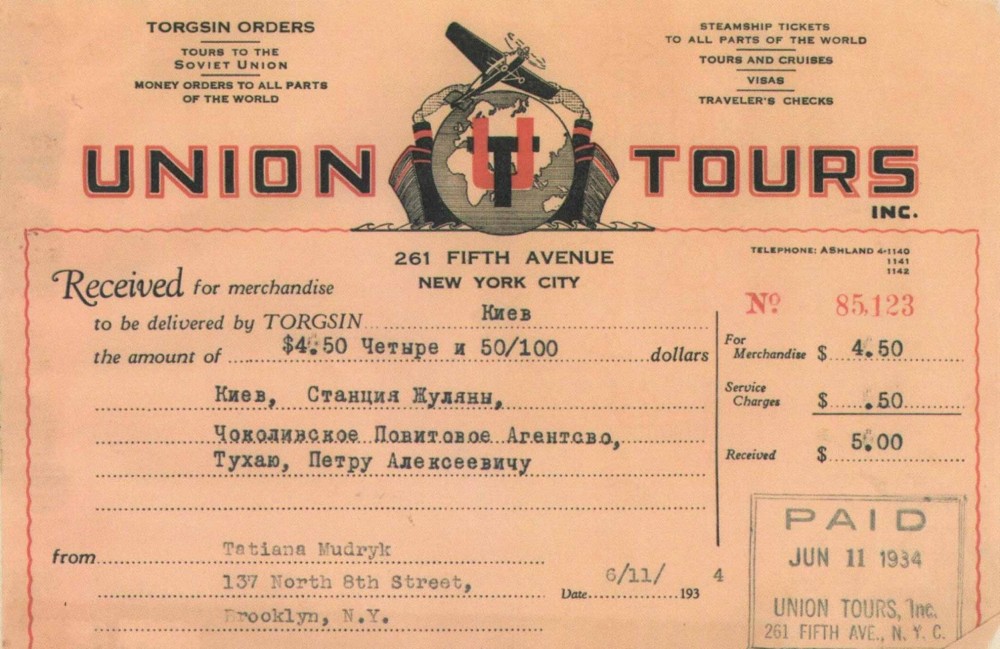
The article studies the features of Soviet domestic trade under the conditions of a centralized economy, as well as its search for financial resources to implement the industrialization programme in the country. The article finds that the Soviet system of trade management shifted from a complete denial of trade as it is to its becoming an important factor in the Soviet socio-economic model. The country’s price policy followed the principles of social justice rather than the law of value, thus making it impossible for the market to exist stably. The then state regulation of trade cannot be called socially oriented. In matters of supply, the Soviet government adhered to industrial priorities. The effectiveness of this system relied on the right of directive centralized distribution of resources and foreign economic coercion. Soviet trade developed under difficult conditions of the total deficit, which led to its coexistence with the system of special distributors for a certain time. A reliable source of budget replenishment was the state’s savings due to economy cuts, government loans and Torgsin, the state corporation for trade with foreigners. The implementation of the Torgsin currency plan depended on proper conditions of supply of goods and their volume, range and quality, especially those of the industrial group. The mission of the Torgsin system was to find new forms and methods of the trade that could bring a powerful currency effect to the state. The article proves that the Torgsin system accomplished its mission. Indeed, it had helped the Soviet government to obtain funds for the needs of industrialization.
Source: Kuznets T. (2021) Features of Soviet Domestic Trade During the Late 1920s – the Early 1930s. Antiquities of Lukomorie. №1(4): 51-58
Source web-site: http://www.lukomor.mosk.mksat.net/index.php/lukomor/article/view/48/43
Number of views: 2280